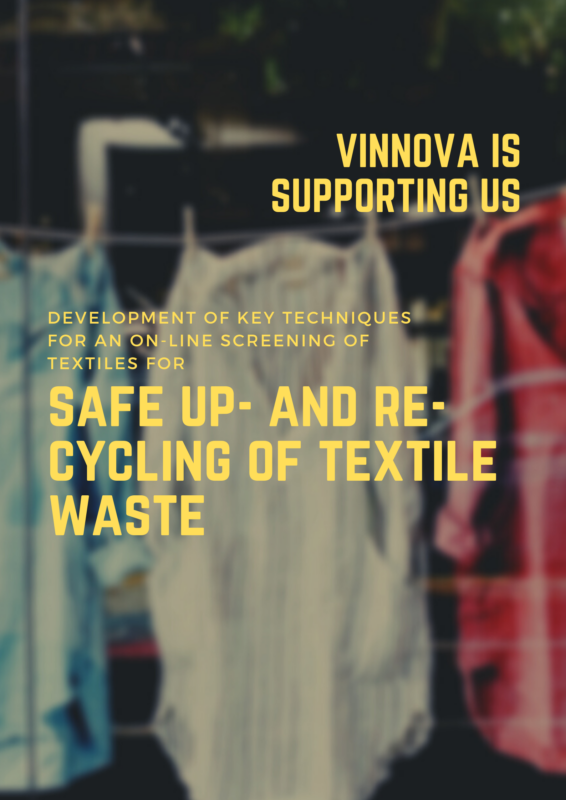The textile industry is one of the most polluting industries, at the same time, only 1% of the material is recycled. This causes not only a loss of valuable resources but also environmental impact through landfills. One of the main obstacles in textile recycling and upcycling is the quality of the source material. The quality of the material affects the feasibility of the recycling, quality of the new products as well as the safety of the new product. One single item containing hazardous compounds can make the whole patch of recyclable material useless or the products made of the recycled material harmful to the end-user. The quality of the material affects the feasibility of the recycling, quality of the new products as well as the safety of the new product.
We have received VINNOVA seed funding to change this by enabling on-line screening of the contaminants in the textile sorting facilities. For this, we will develop an on-line mass spectrometry-based method with ambient ionization for the screening of hazardous contaminants in textile. Recently various ambient ionization methods have been shown to allow detection of a various chemical compound from the surface and near-surface of solid materials. In this project, we will develop these techniques further and combine these with non-targeted screening to allow the application to textiles and detection of potentially harmful compounds from textiles.


